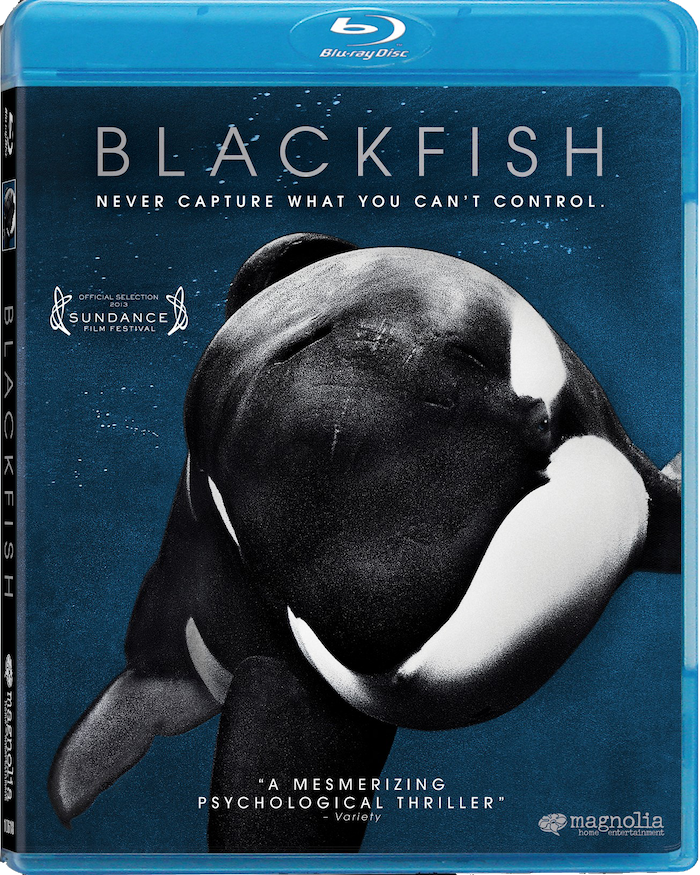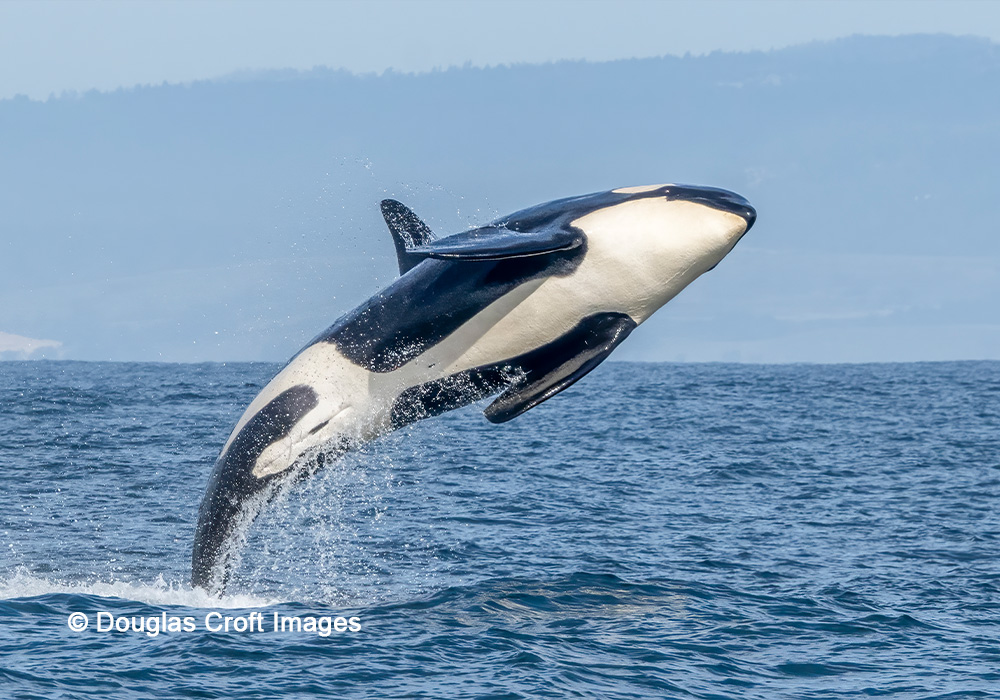Help Captive Orcas
Captivity
Take Action

Learn from documentaries and LIVE webcams, Who Owns SeaWorld, and Observe Orcas By Land or Sea
Conservation Efforts


Learn from documentaries and LIVE webcams, Who Owns SeaWorld, and Observe Orcas By Land or Sea
